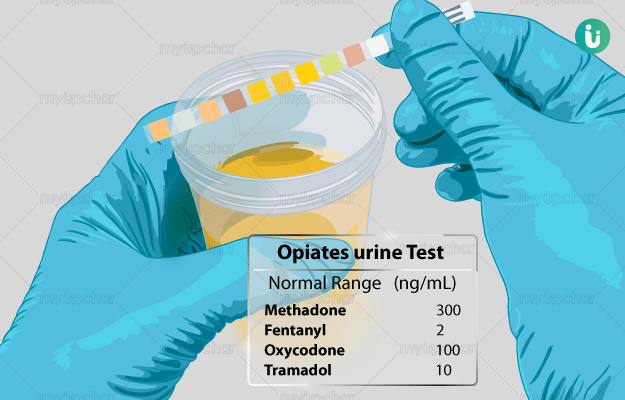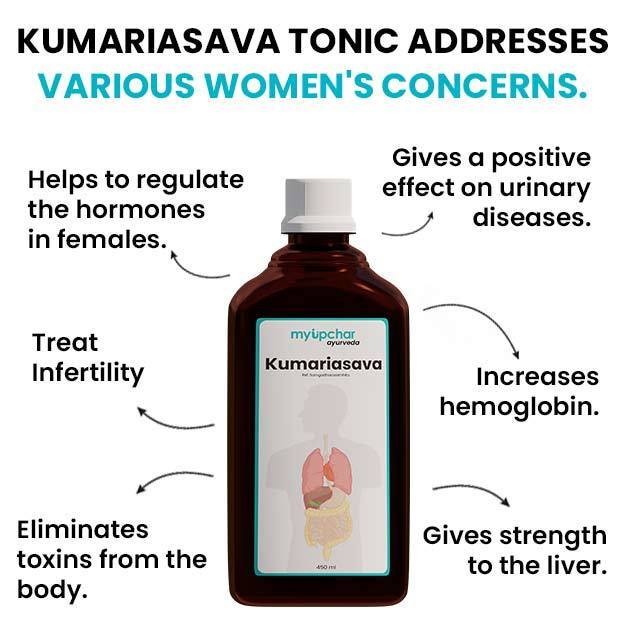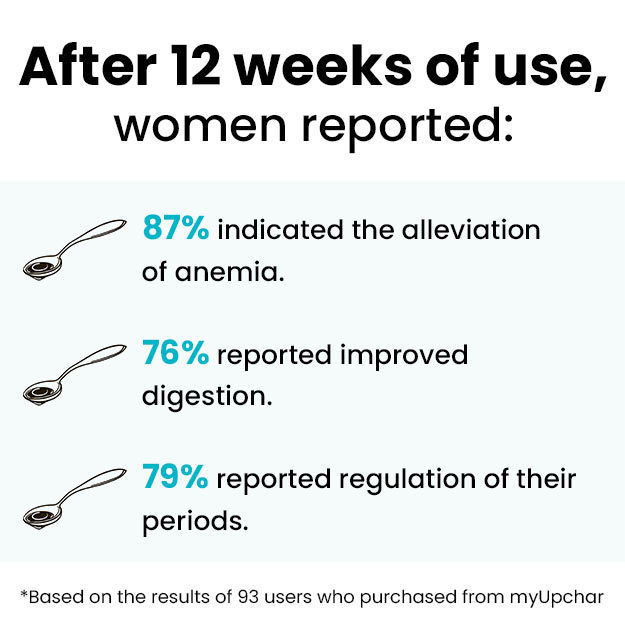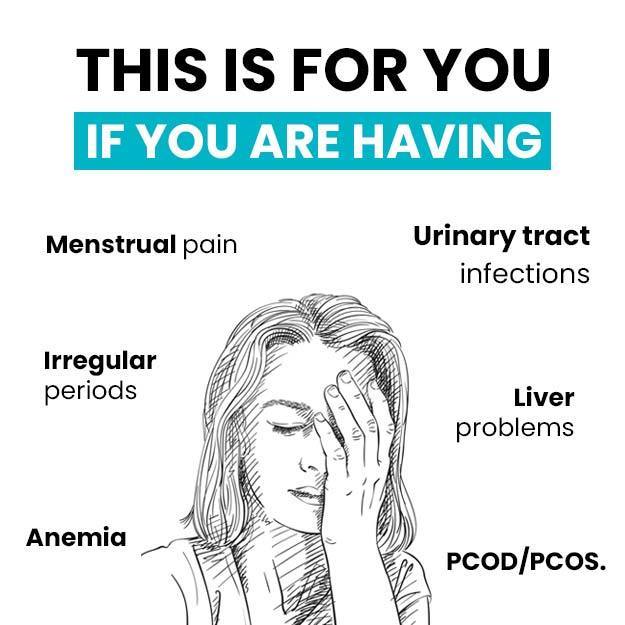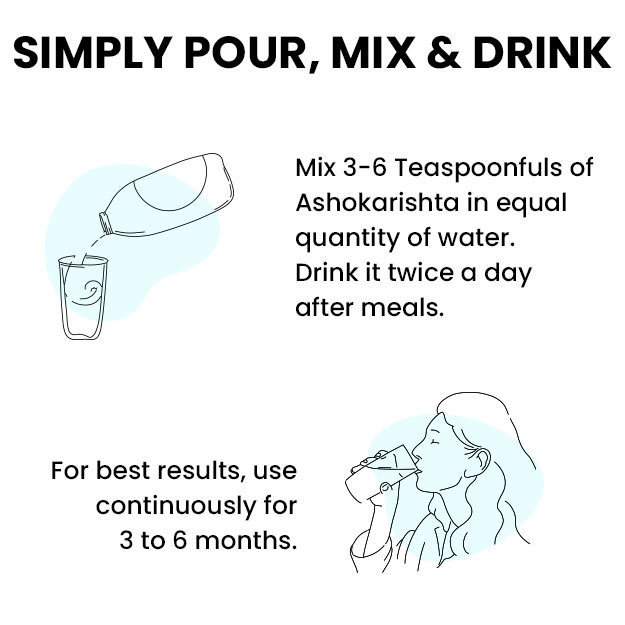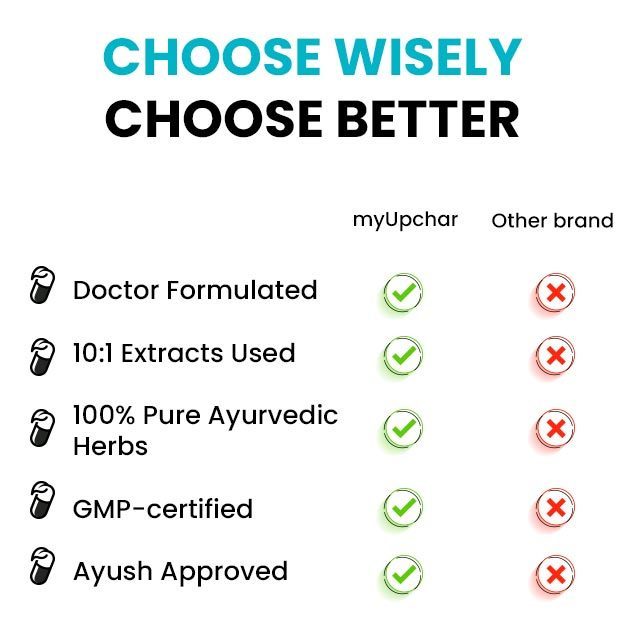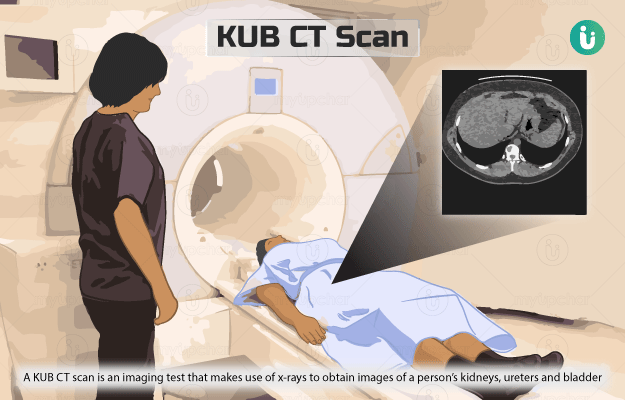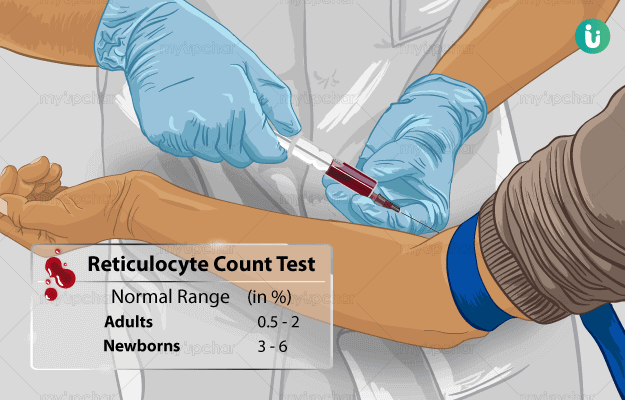What is Opiates Urine test?
Opiates urine test determines the presence of opiates - a group of narcotic analgesics (pain-relieving drugs) - in the urine. It is mainly done to check for opiate dependence or abuse.
Opiates are natural substances that are obtained from the flowers of the poppy plant. They change the brain’s perception of pain and hence have a calming effect on the body. Your healthcare practitioner may prescribe opiates to treat moderate to severe pain associated with injuries, surgeries or conditions such as cancer. These medicines are safe when taken as prescribed for a short duration. However, in the long term, opiates intake leads to dependency; so, it is important to regularly monitor the dose of these drugs.
Since they can make a person feel very relaxed, opiates are sometimes used illicitly for non-medical reasons. People who misuse opiates are at a high risk of overdose, addiction and death.

